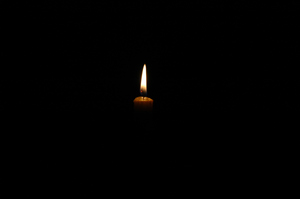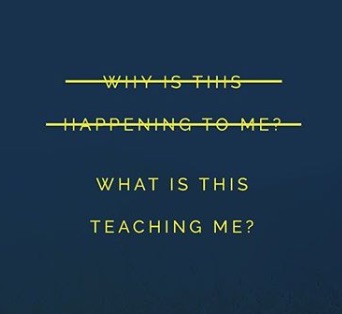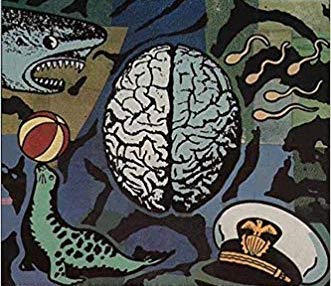idsThe purpose of this blog is to make your Shabbat table [more][less] (choose one) Greek... Please share...
 The other day in the JCC locker room, there were the usual cast of characters.
The other day in the JCC locker room, there were the usual cast of characters.One fellow, let's call him Shlomo, always enjoys trading jocular comments.
So in the spirit of Channuka, I said, "Getting in touch with your inner Greek? Or is it your outer Greek?"
He said, "I don't know if you should say that exercise is so bad?
"What do you mean bad? You think that calling something 'Greek' means saying it's bad?"
"Isn't that what Channuka is all about? Up with the Torah, down with the Greeks?"
Question for your table - Who's right?
Here's a hint - it says in the Talmud - yes, the Talmud! - that for a Torah scroll to be kosher it must be written in either Hebrew or ... Greek!
How could that be?
I'll leave it for you as a Channukah puzzler.
Happy Channukah and
Shabbat Shalom
PS - Yes, if you really are "on the run", you might try clicking on that image above.
PPS - Since this is the last Table Talk email of 2019, here's your last pitch of the year to get the tax deduction and become a JSL partner.
PPS. Did you know that when you shop on Amazon, you can ask them to donate a % of your purchase? Simply use Amazon Smile, and designate Jewish Spiritual Literacy as your charity — for the same cost to you.
Enjoyed this Table Talk? Vote with your fingers! Like it, tweet it, forward it....
 |  |  |


 In the spirit of
In the spirit of 









